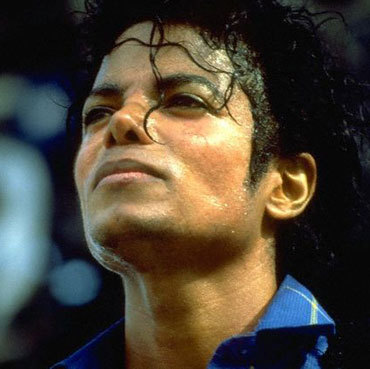 These myths we can't undo they lie in wait for you/We live them till they're true
These myths we can't undo they lie in wait for you/We live them till they're true Hey Manhattan!
song by Prefab Sprout:
http://www.youtube.com/watch?v=LgIvDI2bmyEVerbally tilting their hats toward the musical notes floating over the heads of Cole Porter and George Gershwin, one of my favorite Prefab Sprout songs is the joyful "Hey Manhattan!" Telling the story of a newcomer to the Big Apple, the track sounds like it was lifted from some 1950s musical where Frank Sinatra is smooching an innocent show girl while strolling beneath the Empire State Building.
Yet, while main man vocalist Paddy
McAloon sings blissfully, dropping cultural
signifiers about Kennedy and the Carlye, I began having a separate flick streaming through my head that may as well be called "Hey, Black Manhattan." In my musical, where everything is designed by the surrealist architects at Bell & Loyd and Apollo Heights does the score, the quintessential New Yorkers are dandies like Bobby Short, Melvin Van
Peebles and Gordon Parks.
Having lived a somewhat blessed life as a fly on the artistic wall that is New York
City, I've been lucky enough to meet all three men. However, though we didn't have much conversation, none had more impact on me than meeting Gordon Parks the day of
XXL's legendary The Greatest Day in Hip-Hop photo shoot on September 29, 1998.
Introduced to Parks by the "city kid" Nelson George, who was making a short film about the event that gathered together over a hundred rappers in Harlem that fine day, I was in complete awe. Dressed in a denim jacket, his hair was completely white. All of 86 years old at the time, he still looked younger than some of the old school rappers present.
Many have heard my rants in the past on how much the soundtrack to Shaft changed my life. But, its influence was actually deeper that just the music. On the back of the album was a picture of three men who turned out to be producer Joel Freeman, composer Isaac Hayes and director Gordon Parks. If I'm not mistaken, my mom pointed him out. "He's the director," she said proudly.
Though I remember her rant against Sweet Back... when she saw it at the Apollo ("It was filth!"), mom liked Shaft. Looking at the photo again I checked out the dapper brother with the thick moustache and obviously cool demeanor, I instantly adopted Gordon as a spiritual godfather. Over the years, as I read more about his early career as the first black Life photographer or his work as a composer or his friendships with Malcolm x and Gloria Vanderbilt, the more I admired his "hustle" as a
GQ renaissance man.
At recent opening of of Gordon Park's photographs at The Gallery at Hermes (691 Madison Avenue), I was once again reminded of why I love his work. In one word, it's the "duality" of the images. Be it a picture of gang member Red Jackson standing in front of a broken window, French fashion models wearing lavish gowns or icon Muhammad Ali with beads of sweat rolling down his face. The duality of Parks' work comes into play because,
whether he was shooting poor tenement dwellers or Ingrid Bergman, his pictures never looked like they were taken by an interloper.
In other words, whether Gordon Parks was hanging in the hood or chilling on the Rivera, the brother always belonged. Shaking his hand that day in Harlem, I truly felt as though I was in the presence of true artistic power.
The Gallery at Hermes, 691 Madison Avenue, New York
show ends June 30, 2009
Item: June 2, 2009 – Pleasantville, NY – More than 4,000 prints and 20,000 negatives of groundbreaking African-American photographer Gordon Parks’s work – along with a large collection of 19th and early 20th century images by Mathew Brady and other early American photographers – will move to a new home at Purchase College/State University of New York, where the collection will be preserved, catalogued, and made available for public view and study, according to officials of the Gordon Parks Foundation, a division of the Meserve-Kunhardt Foundation.
About the Gordon Parks Foundation
The Gordon Parks Foundation was created to preserve and perpetuate the artist’s legacy, support the work of others, and honor those whose contributions have advanced what Parks called “the common search for a better life and better world.” For more information, visit www.gordonparksfoundation.org.
Labels: Gordon Parks, Manhattan, Prefab Sprout







